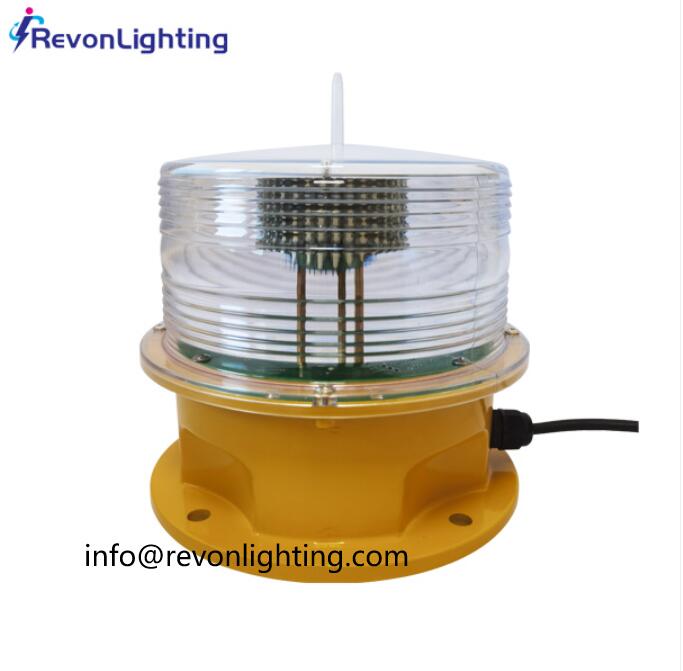Helipad Beacon: Enhancing Safety and Visibility for Helicopter Operations
In the realm of aviation, safety and visibility are of paramount importance. Helicopters, with their unique flight characteristics, require specific navigational aids to ensure safe take-offs and landings. One crucial component in this regard is the helipad beacon. This article will delve into the significance of helipad beacons and how they contribute to the overall safety and effectiveness of helicopter operations worldwide.
A helipad beacon is a specialized lighting device installed on helipads to provide a visual reference for pilots, especially during low light or adverse weather conditions. These beacons emit a bright, distinctive light that helps pilots locate and identify the helipad from a distance. By serving as a beacon, they guide pilots towards the designated landing spot, ensuring accuracy and precision during approach and departure.

The primary function of a helipad beacon is to enhance visibility. By producing a high-intensity light output, these beacons significantly improve situational awareness for pilots, enabling them to safely maneuver and land their helicopters. The beacons are strategically positioned to mark the helipad's location and outline its perimeter, making it clearly visible even in low visibility conditions such as fog or haze. This heightened visibility is crucial for safe operations, as it allows pilots to accurately assess the landing area and avoid potential obstacles or hazards.
| Helipad Beacon | Helipad Beacons |
Moreover, helipad beacons play a significant role in aviation safety by alerting other aircraft and ground personnel of the helipad's presence. The distinctive light emitted by these beacons serves as a warning signal, indicating the proximity of a helipad and the need for caution. This is particularly important in congested airspace or areas with multiple helipads, where pilots need to be aware of each other's presence to avoid collisions.
In terms of design and functionality, helipad beacons are built to withstand harsh environmental conditions and ensure reliable performance. They are typically constructed using durable materials, such as corrosion-resistant metals or rugged polycarbonate, which can withstand exposure to extreme temperatures, strong winds, and corrosive elements. Many beacons are equipped with energy-efficient LED technology, providing excellent light output while minimizing energy consumption and heat generation. This not only enhances their longevity but also reduces maintenance requirements and operational costs.
Furthermore, helipad beacons often feature programmable flash patterns or synchronized lighting sequences. These customizable features enable operators to adapt the beacon's light output according to specific requirements or regulatory standards. For instance, certain patterns can indicate the helipad's status, such as operational or closed, while others may serve as markers for critical areas on the helipad, such as touchdown or takeoff zones. These programmable features contribute to the overall effectiveness and versatility of helipad beacons.
In conclusion, helipad beacons are indispensable tools for ensuring safe and efficient helicopter operations. By enhancing visibility, alerting others to the presence of a helipad, and providing vital navigational information, these beacons play a critical role in guiding pilots during landing and takeoff procedures. With their durable construction, energy-efficient lighting technology, and customizable features, helipad beacons contribute to the overall safety and effectiveness of helicopter operations worldwide. As the aviation industry continues to prioritize safety and efficiency, helipad beacons will remain an essential component in ensuring the well-being of pilots, passengers, and ground personnel.